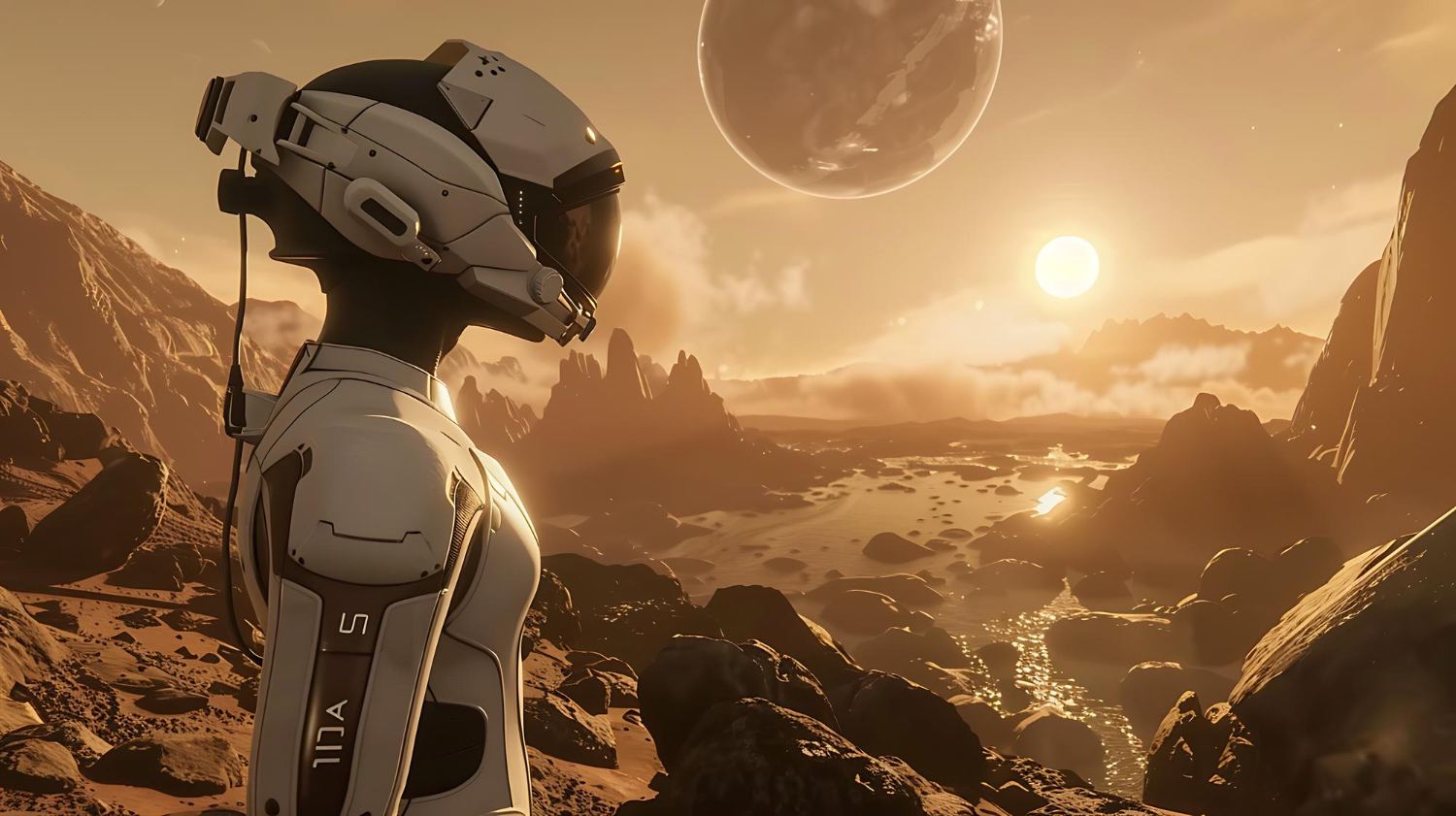Robotics and artificial intelligence have long gone beyond the scope of classical science fiction novels and films. Today, the world is experiencing a real evolution: AI Robot, previously found only on the pages of books or scenes of films, is gradually becoming part of everyday life. In this article, we will examine in detail the path that robots have passed: from ideas and prototypes to full -blooded assistants, performing a wide range of tasks in various fields.
1. Brief history of robotics
The idea of creating mechanical creatures that can think and act independently arose long before the appearance of the first computers. In different historical eras, scientists, writers and engineers dreamed of Humanoid Robot, who could not only perform routine operations, but also show emotions, study and interact with people at an intuitive level.
- Antiquity and legends: The first references to autamates are found in Greek myths;
- XVIII - XIX centuries: mechanical chimes, automatons, created in Europe masters-recipients;
- XX century: The appearance of the first electronic computers and theoretical developments in AI.
These stages laid the foundation, but the key breakthrough occurred when calculations and algorithms gained speed, and sensors and actuators became more compact and more precise.
2. Stages of development of modern AI robots
- Scientific research: Creation of neural networks, methods of machine learning and deep learning.
- Industrial prototypes: The first models of automation studying on the basis of a large amount of data.
- Commercial solutions: Robots capable of working in logistics, medicine, customer service.
- Mass implementation: The appearance of devices for home use and urban infrastructure.
In this process, not only development in the field of electronics, but also the improvement of software became key. Today we observe how Optimus Robot can perform assembly tasks, sort parcels in the warehouse or accompany visitors in a shopping center.
3. The main technologies that made a revolution of a possible
- Artificial neural networks: Multilayer structures that can recognize images and make decisions in real time.
- Natural language processing (NLP): Technologies that allow robots to understand and generate speech, translate conversations, conduct consultations.
- Computer vision: Systems for recognizing objects, persons, movements with high accuracy and processing speed.
- Mechanics and sensory: Light and durable materials, flexible and sensitive sensors imitating sensations.
The integrated application of these technologies makes it possible to create modern AI Robot systems that not only execute pre -embedded programs, but also adapt to changes within their working environment.
4. The scope of the AI robot
Today, robots with AI elements have already been introduced into many industries. Below are the most noticeable directions:
- Industry and production: automatic assembly lines, quality control, logistics management;
- Healthcare: robotic surgeons, systems for helping older people, television name of doctors;
- Service: Hotels, restaurants and shopping centers use robot administrators and porters;
- Education and science: interactive training platforms, research of distance learning and automatic analysis of experiments;
- Transport and logistics: autonomous loaders, drones, delivery of the last miles;
- Genesis: Robot spools, smart assistants in the house and garden.
Each of the listed areas gains tangible advantages: Humanoid Robot can provide support in social institutions, and AI assistants facilitate daily tasks.

5. Advantages and calls of implementation
- Improving efficiency: Robots work around the clock without fatigue and errors associated with the human factor.
- Reducing costs: Optimization of processes and minimization of downtime.
- New professions: Specialists in the maintenance and programming of robotics systems.
- Ethical questions: Dependence on machines, the rights of robots, possible conflicts with labor legislation.
- Safety: The need for reliable protection against hacking and unintentional failures.
Despite the obvious benefits, it is important to consider possible risks. Optimus Robot, Humanoid Robot or a fully autonomous system require a thoughtful regulatory framework and ethical standards.
6. The future of AI-robotics
Technologies development prospects are impressive:
- The merger of biology and mechanics: implantable interfaces for managing robots by the power of thought;
- Collaborative robots (Cobots): safe interaction with people in production and in everyday life;
- Intellectual ecosystems: combining hundreds and thousands of devices into a single network to solve complex problems;
- AI Robot next generation: self -healing constructions with the ability to self -improve;
- Robots-researchers: deep -sea or spacecraft with artificial intelligence, working without constant control from the ground.
One of the most striking examples is the appearance of projects where Humanoid Robot acts in extreme conditions. Robots are already involved in the elimination of the consequences of natural disasters, study inaccessible volcanoes and work in deep -sea expeditions.
7. Conclusion
We live in an era when AI Robot ceases to be characters of fantastic stories and enter our reality. From warehouse buildings to operating rooms, from training classes to residential premises - robots become an integral part of various spheres of life. Their development opens up new horizons, improves the quality of work and creates unique opportunities for humanity.
Nevertheless, along with this, we are faced with the tasks of ensuring security, developing ethical norms and legislative frames. The interaction of a person and machine should be built on trust and transparent algorithms. It is this approach that will make the path from science fiction to reality as effective and safe as possible.
So, today we can safely say: the future has come. In the coming years, Optimus Robot and other intellectual systems will make a real revolution in our lives, changing the usual ideas about work, rest and communication.


